Extra Mentai / Faces Markings
The basic markings for temari making are the Standard Divisions - Simple, 8-Combination and 10-Combination. A solid working knowledge of these markings is vital for stitchers, including not only how to mark them but also the various faces that are created by them. Remember that divisions are "divisions" for a reason - they follow specific rules of geometry and symmetry, and actually are the only ways a set of points can be equally spaced around a sphere with connecting lines.
That being said, there are obviously an infinite number of ways additional marking lines (jiwari) as segments or lines (segments being lengths that do not equal the circumference, lines being those that are equal to the circumference) may be added to a mari, with or without a standard division having already been applied. Sometimes a Standard Division is laid down, and then later removed after the additional lines are complete. Either way, doing so creates additional mentai (face). Adding extra marking lines is quite common especially for some intermediate & advanced designs. In general, when extra marking lines are used in a design they are specific to that design and the methods of applying them are included as part of the pattern directions. Sometimes a single book will outline a group of additional mentai markings and refer back to them throughout the pattern directions. Extra mentai markings don't have specific names, they are just referred to by the number of faces (for example, 14 Mentai). As such, there are multiple markings that can be referred to by the same name. For indexing purposes here on Temarikai.com, they have been sequentially numbered. The Division indicated in the name shows the original marking that is used to begin. For example, "6 Mentai 01 (C8)" indicates that the marking begins with a C8 division.
A mari can be marked in any manner the stitcher chooses to create the design - limited only by imagination - as long as there is understanding between division and marking. There are a number of extra marking line layouts that are used on a more frequent and common basis as seen in the Japanese pattern libraries; these markings are interpreted from those sources. While too many to cover completely here, the more common ones will be referenced. Unless otherwise specified in directions for the marking, use the regular marking thread for the design to be stitched in all steps.
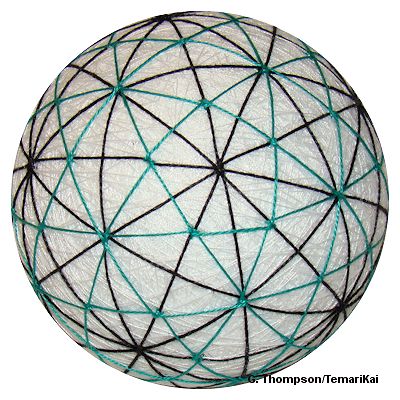 |
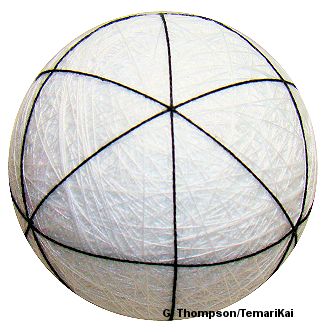 |
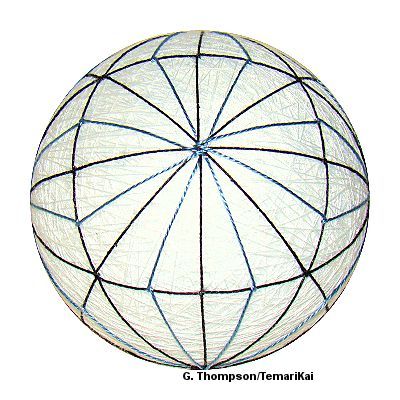 |
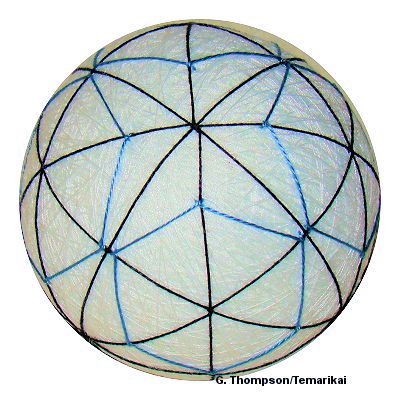 |
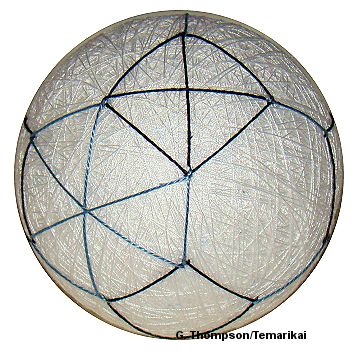 |
| Tamentai
(C10) |
6
Combination Marking (S6) |
6
Mentai 01 (C8) |
8
Mentai 01 (C8) |
14 Mentai
01 (S4) |
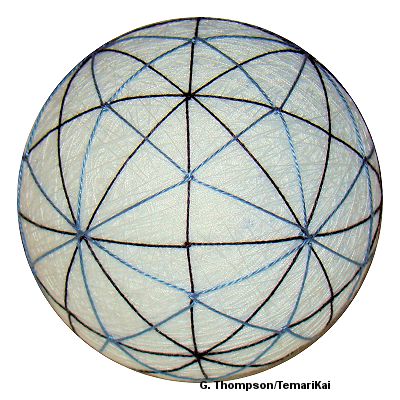 |
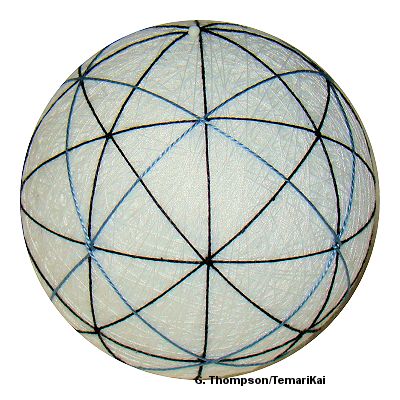 |
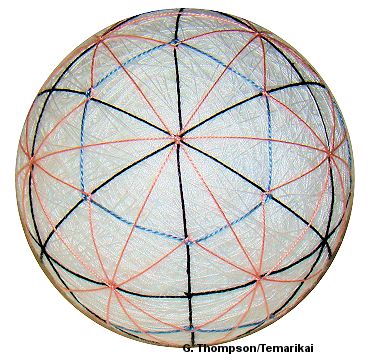
|
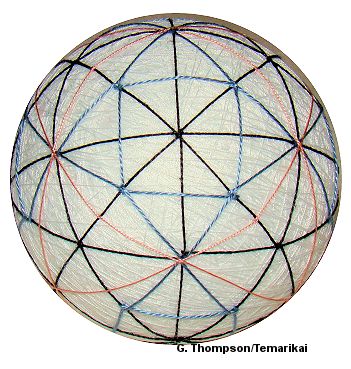 |
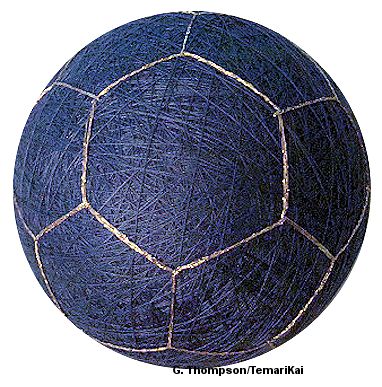 |
| 14
Mentai 02 (C8) |
14
Mentai 03 (C8) |
16 Mentai 01 (S4) | 18
Mentai 01 (C8) |
20
Mentai 01 (S12) |
This
is a TemariKai.com Printable Page; © 2015, all rights reserved.
Right click to print one copy for personal use.
Last updated 2/2015 © 1998 - 2015 TemariKai.com, G. Thompson/PuffinStuff, Inc.
